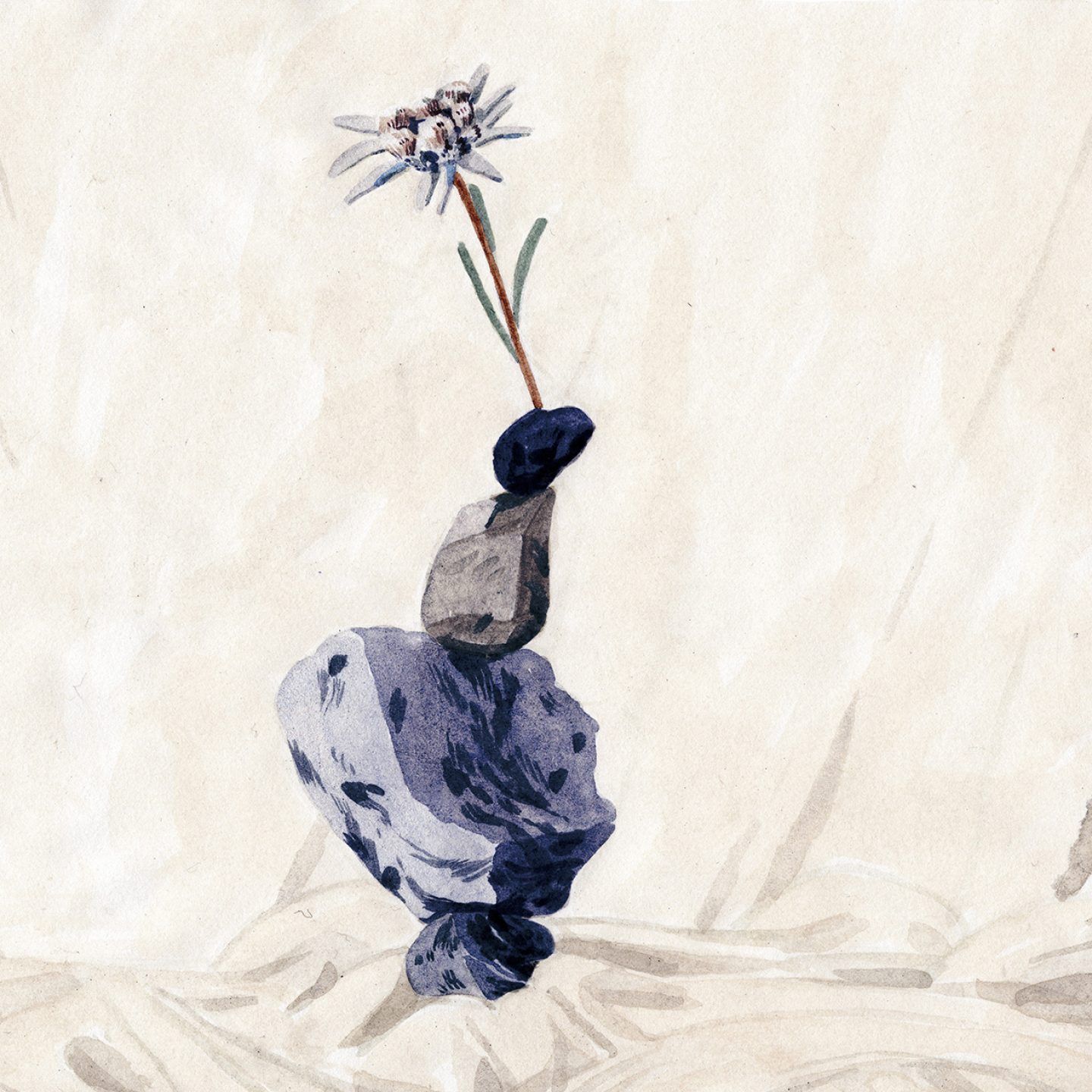
In Harmony With Nature: IGNANT’s Guide To The Healing Power Of South Tyrol’s Plant Life
- Images
- Karlotta Freier
- Words
- Devid Gualandris
Among the fresh mountain air and unspoilt natural landscapes of South Tyrol, alpine herbs have been healthy delicacies with healing benefits for millennia. Today, as plants are continuously employed for pharmacological and gastronomic purposes, the potential of the region’s nature is far from exhausted. Together with Visit South Tyrol, we present you the herbs and plants and related traditional folk medicinal practices making this alpine region unique.
Sitting quietly in the Central Alps, the Autonomous Province of South Tyrol is a region with many natural treasures in store: impervious forests, bubbling springs and waterfalls, crystal-clear lakes and glaciers, and vast alpine grasslands. Among the alpine regions, South Tyrol is one of the most interesting from a botanical standpoint. Resilient through winds and weathers, thousands of different plants have been growing here since prehistoric times; many with healing powers and distinctive aromas. Profiting from optimal growing conditions, the area is species-rich and contains ever-evolving ecosystems, making it a unique hotspot for ethnobotanical diversity.
Traditional farming practices are the foundation for the diversity of South Tyrolean herbs. Secluded for centuries, the inhabitants of the Alps were highly dependent on the resources of their surroundings, and had to rely on the healing powers of nature for self-medication. As a result, a unique tradition of cultivation and collection of wild herbs began to develop and prosper for centuries. The unique botanical knowledge about the healing effects of plants that followed has a long history in South Tyrol; from ointments and oils made from plants in the Middle Ages, medicinal knowledge has existed since ancient times and was passed on between generations.
South Tyrol's unique knowledge about the healing effects of plants has a long history.
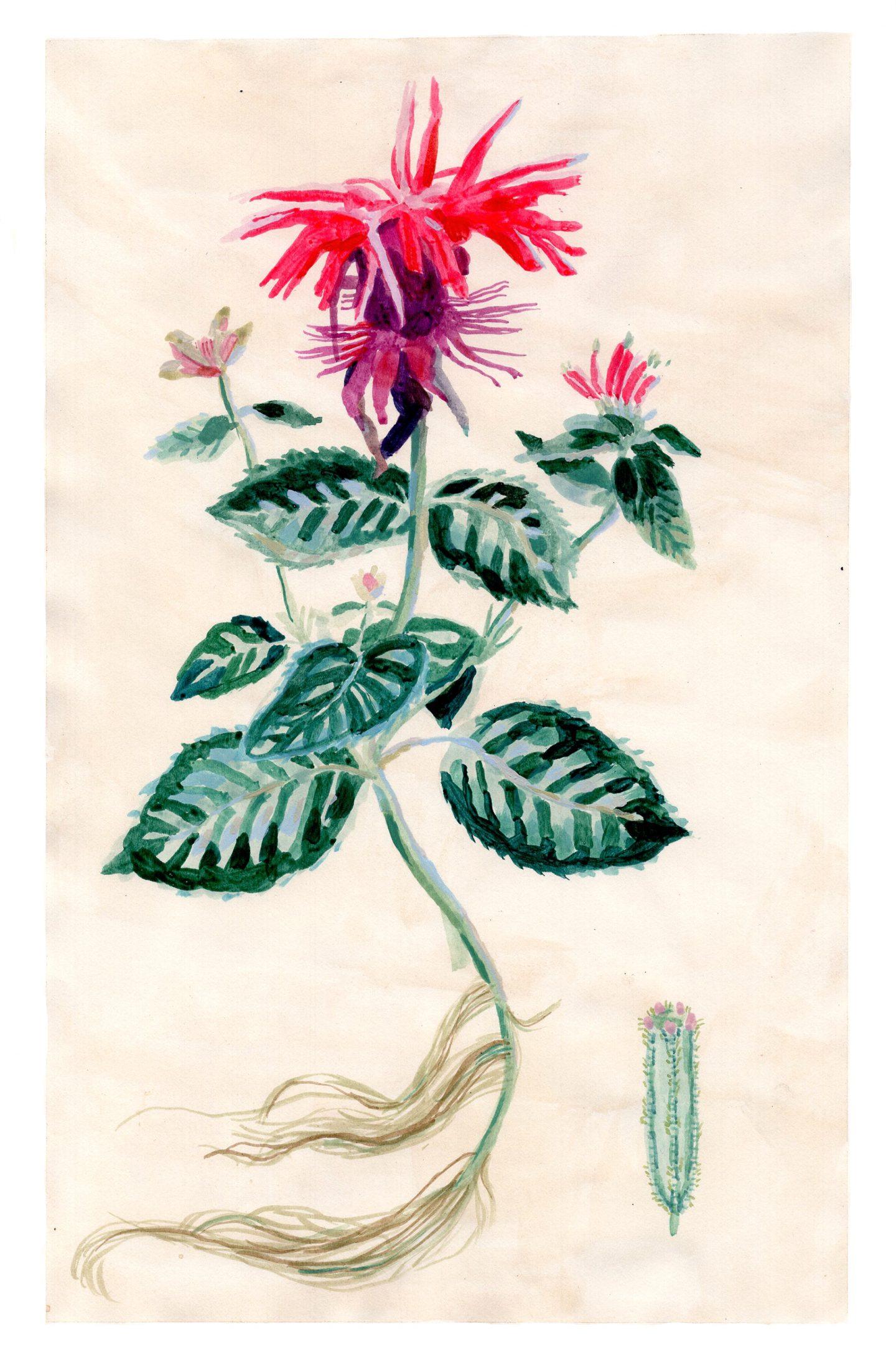
Scarlet Beebalm
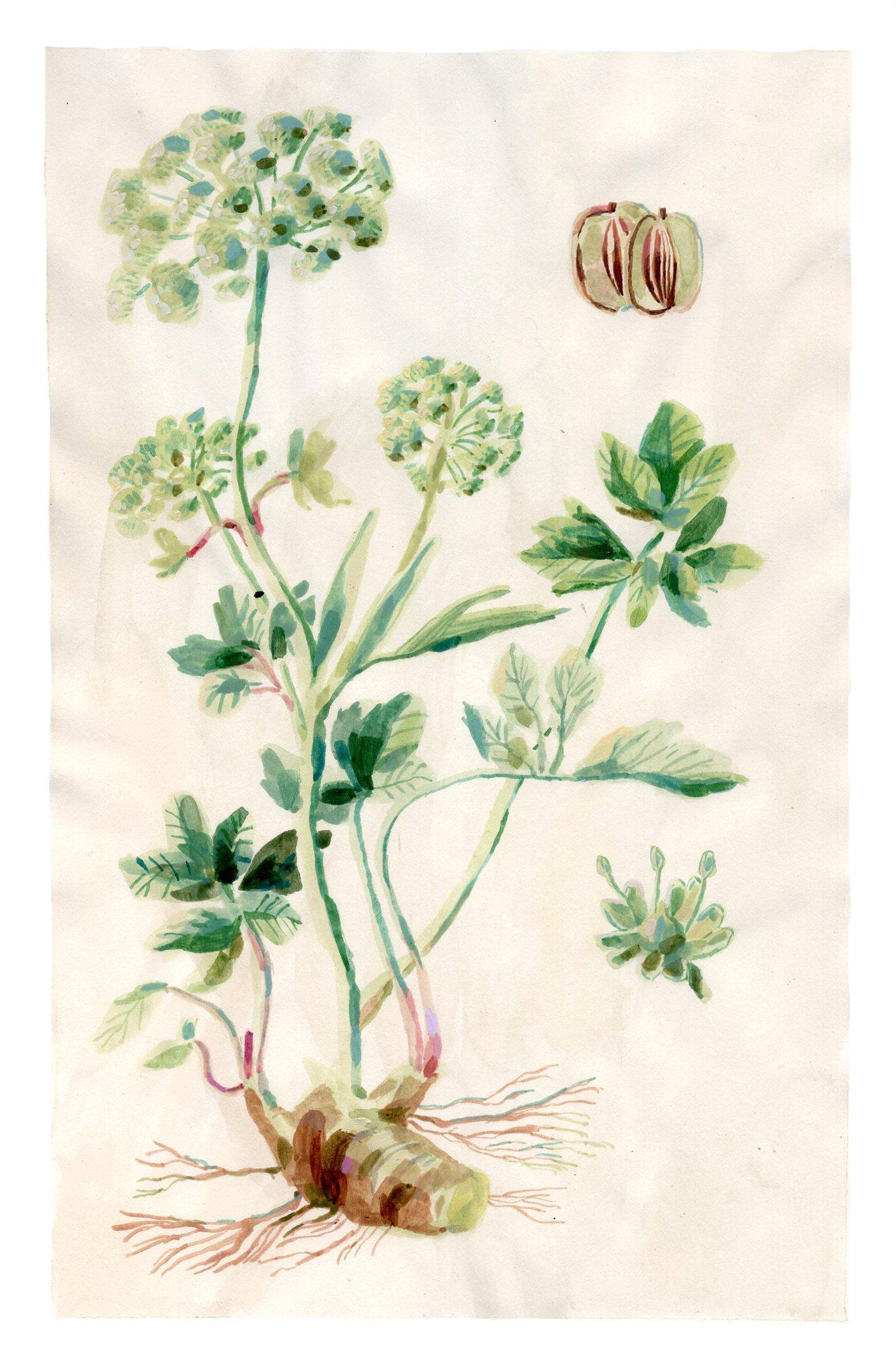
Masterwort
Influenced by knowledge from neighboring countries, the ancient know-how, skills, innovations, and practices are still preserved today—they are learned within the family and rooted in the everyday lives of the inhabitants of rural areas. While centuries ago medicinal plants were reserved for home consumption, their cultivation has now become a growing market in South Tyrol; herbal experts, scientists, and creative cooks are all bringing the taste of the Alps and their healing powers into kitchens and laboratories.
Today, in the herb gardens of many farmhouses in South Tyrol, local herbs are turned into spices, tea mixtures, and herbal salts or processed into lotions and ointments. Cultivated far from urban centers and harvested at ‘tempo balsamico’—the optimal time when the plants contain the most active constituents—farmers make sure that the herbs can develop their full aroma and healing effect. To learn more on this, we talked to the professional experts of the Wipptal Herb Garden, which brings together two farms—the Steirerhof farm in the village of Wiesen and the Botenhof farm in the village of Pflersh—and a variety of farmers, trained gardeners, and qualified biologists. Together, they grow medicinal and aromatic herbs according to biological directives, producing unique mixtures, liqueurs, herbal bitters, syrups, and valuable essences and oils, as well as gourmet flower mixtures and organic cosmetics.
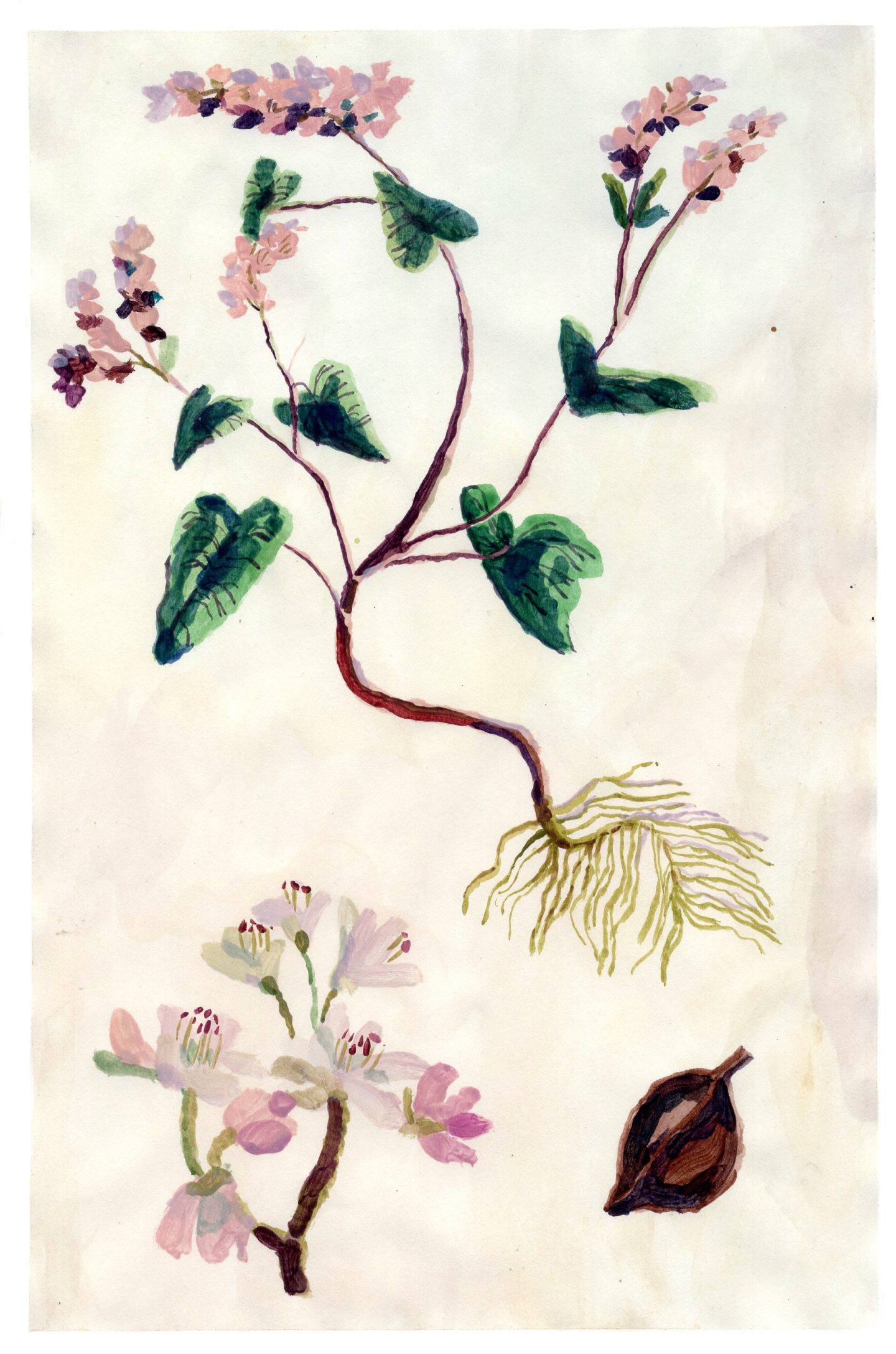
Buchwheat
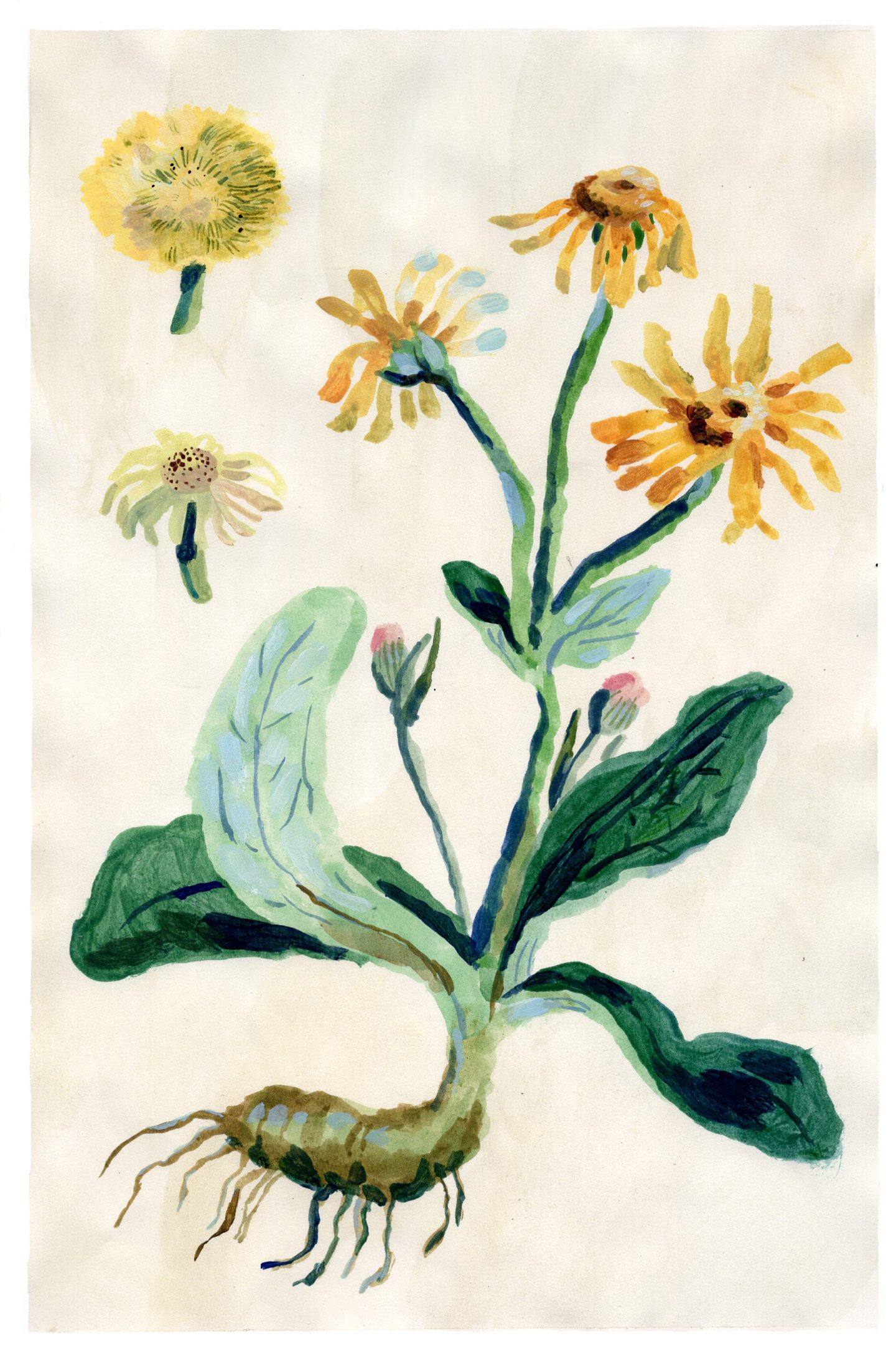
Arnica
The cultivation of medicinal plants has now become a growing market in South Tyrol.
“South Tyrol is extraordinarily diverse in terms of climate, geography, and, above all, geology,” they tell us. The landscape of the region is highly heterogeneous, with a mild climate, high relative sunshine and low precipitations, and an incredible geological diversity—dolomite, slate, porphyry, and granite comprise its raw materiality. “From the high alpine layer with plants such as edelweiss, rue, and musk yarrow, to the wine-growing area with citrus fruits from Meran; from the dry grass in the Vinschgau to the rainy terrains of the northern Alps in the Wipptal, the diversity is vast. There are special plants in every climatic and geological zone,” they continue. Of the over 2000 native plant species, the majority is alpine and found in high altitudes; many are rare and protected species. With great detoxifying, anti-inflammatory, and regenerative effects, plenty are used for culinary and medicinal purposes, most frequently for the digestive, respiratory, and cardiovascular systems, or functioning as universal remedies.
“Although medicinal plants are found throughout the entire Alpine region, what makes South Tyrol’s unique is its diversity,” they add. Regional species of healing plants include the Arnika, St. John’s wort, Icelandic Moss, chamomile, catnip, melilot, birch, centaury, goldenrod, comfrey, marigold, masterwort, gentian, stone pine, and many more. Regional herbs include thyme, savory, parsley, and celery, found further north, in harsher climates, as well as typical Mediterranean spices such as basil, oregano, and fennel. “What is unique about South Tyrol, is the use of herbs from the West Asian region, such as coriander seeds and blue melilot for our rye bread or buckwheat as our traditional grain, despite it being a pseudo-grain,” they add. We asked the experts to elaborate on eight traditional medicinal plants and herbs of the region—Arnica, edelweiss, scarlet beebalm, lemon scented catnip, masterwort, swiss stone pine, buckwheat, and blue melilot—and transport us, with the help of sublime illustrations by Karlotta Freier, to their South Tyrolean herb garden.
—
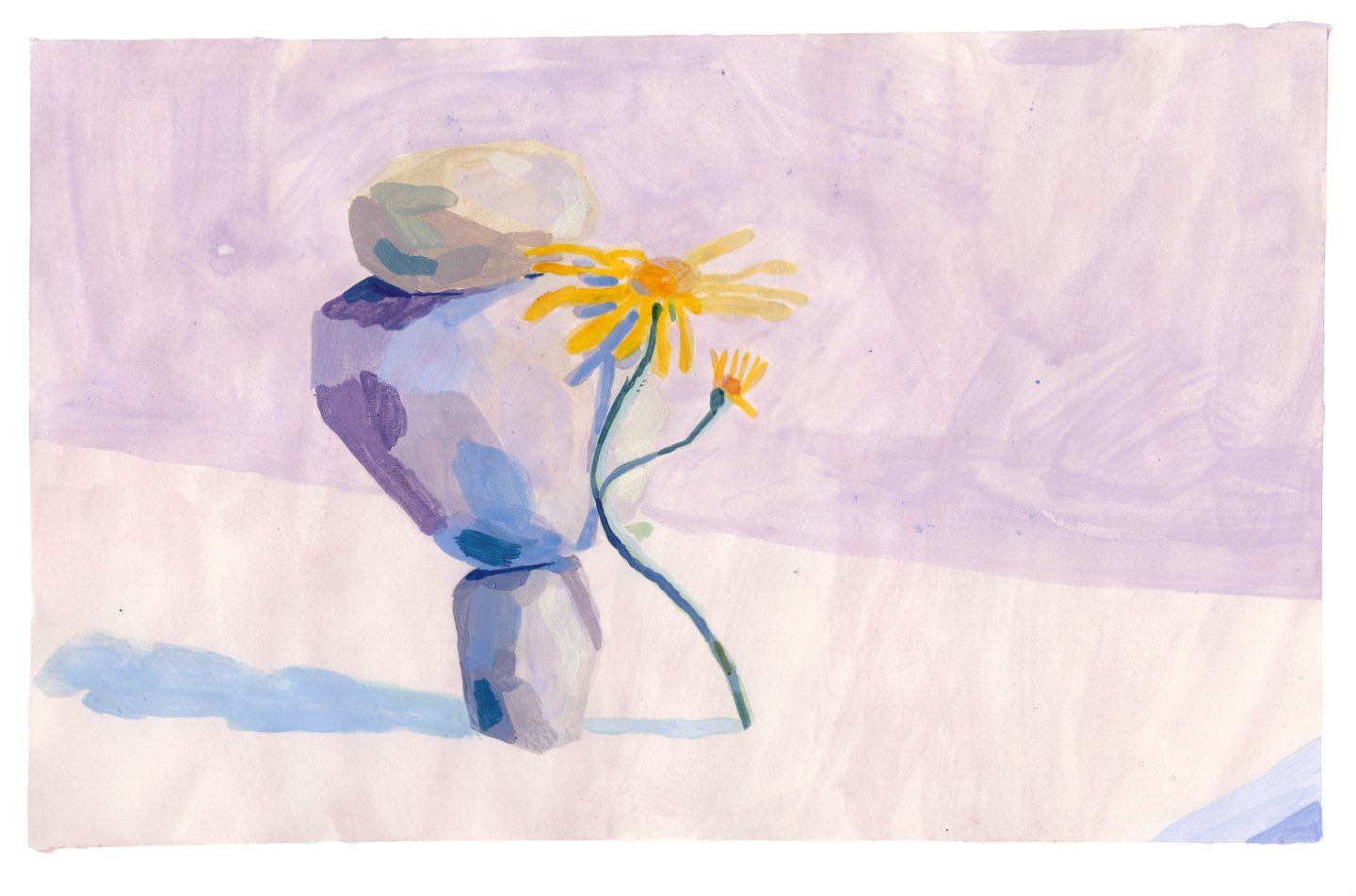
Arnica
“Arnica is a ruffled but tenacious yellow mountain plant growing in high altitudes, known as ‘Bergwohlverleih’ or ‘Kraftwurz’,” they explain. This wildflower has been valued for centuries, cultivated for its healing use. “Arnica schnapps are still made in many south Tyrolean households. The flower heads are the key active constituents, with anti-inflammatory and analgesic effects”. Assisting the body by soothing skin and reducing swelling, it is great for injuries, sprains, bruises, and hematomas in the form of ointments, or “against blood vessel related diseases in the form of lotions,” they add.
—
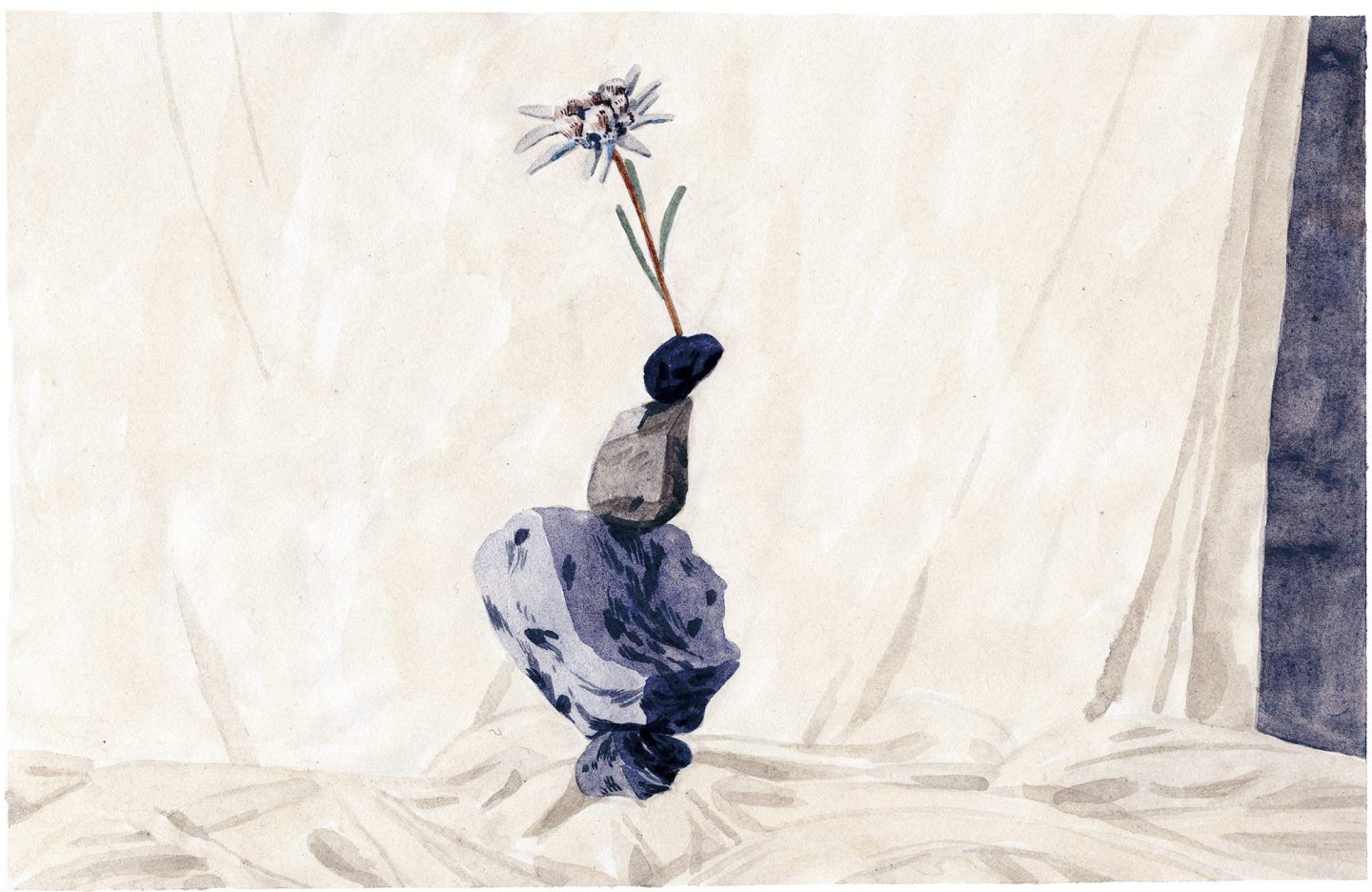
Edelweiss
Legendary in local narratives, the edelweiss is another popular flower; a symbol of courage, bravery, and eternity. Rare to find and hard to reach—it mainly grows in rocky mountain crevices—it is often considered a trophy and, therefore, put under strict protection. In South Tyrol, it is widely used in medicine. “Just as the flower has to protect itself from harsh conditions, its active ingredients have a protective effect; they can bind free radicals and have an antioxidant effect; an excellent remedy against stomach pain and vascular diseases,” they explain. Its extract is found in teas, schnapps, and cosmetic products.
—
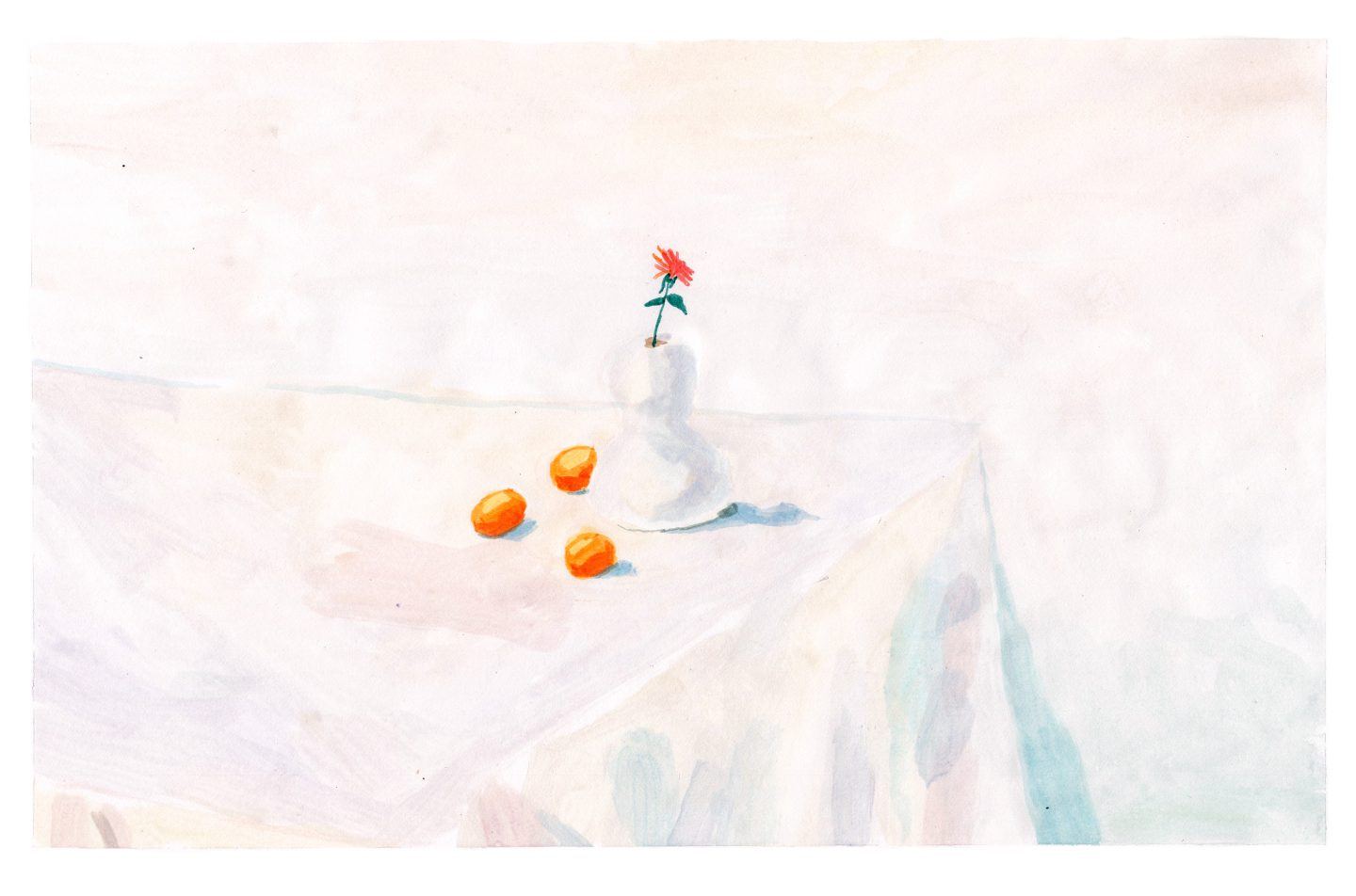
Scarlet Beebalm
The Scarlet beebalm, locally known as ‘Goldmelisse’, is an aromatic herb of the mint family, which grows in moist soil in sunny locations; considered by many “a real beauty in the perennial bed,” they say. Traditionally used as a tea plant in the 18th century, it has since become a popular medicinal and ornamental plant. “In South Tyrol, it is valued as a medicinal herb for colds and headaches, especially for women,” they explain. Only its scarlet petals are harvested by hand. “A delicious pink-red syrup is made from the dried but also fresh petals, popular with children or ideal as an aperitif,” they add.
—
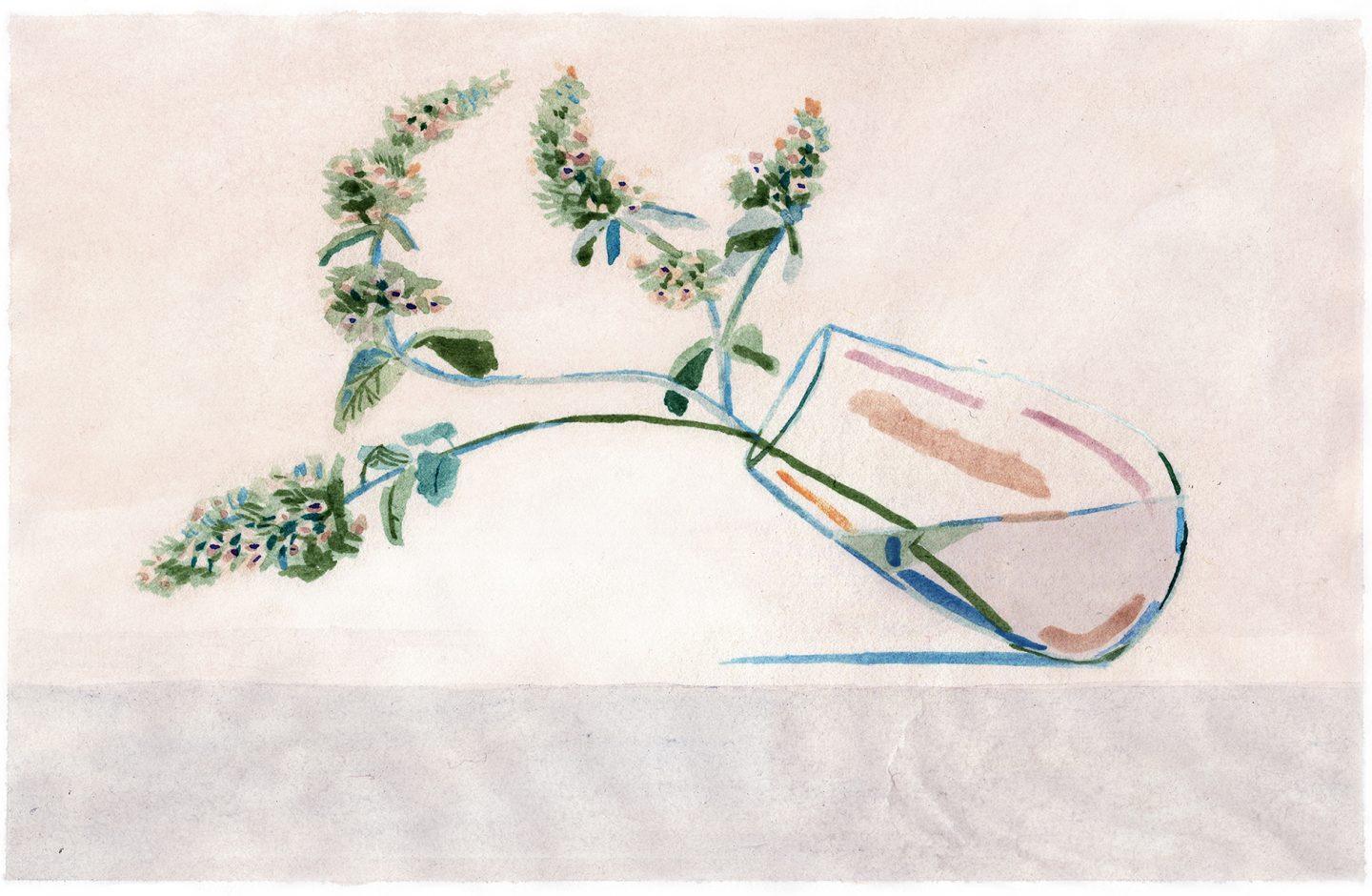
Lemon Scented Catnip
Also belonging to the mint family is the Lemon scented catnip, english for ‘Weisse Melisse’, a strong-smelling herb with oval-toothed, dark green leaves, and white flowers, known for its pleasing scent reminiscent of rose and lemon. “Its dried leaves and flowers are traditionally used for medicinal relaxing purposes. It is ideal to treat conditions like anxiety, nervousness, and insomnia, but also for flavouring juices and as a syrup,” they explain.
—
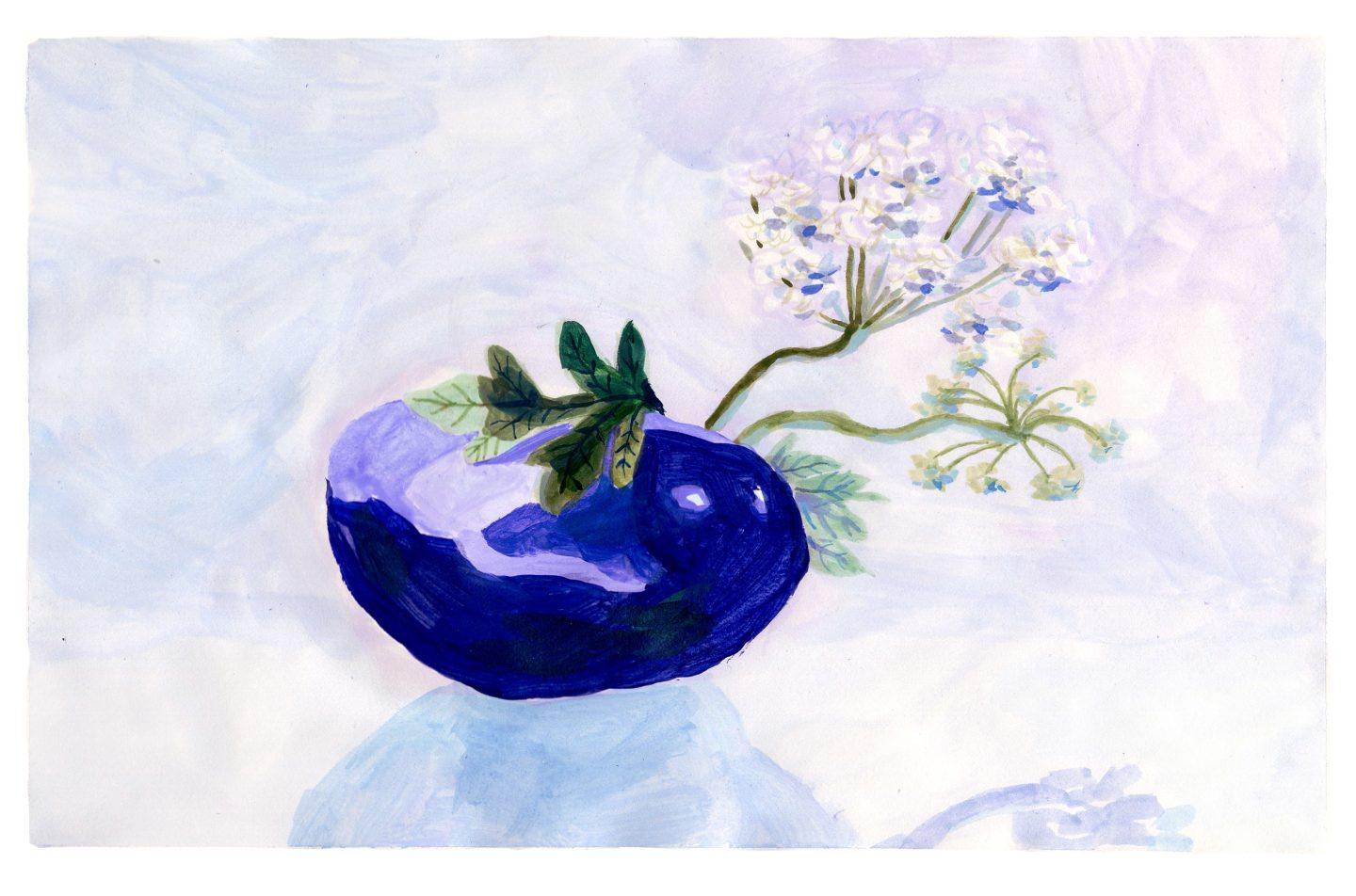
Masterwort
“Meisterwurz, or Masterwort, is truly the master among the medicinal plants of our mountains,” the experts share proudly. The native flowering plant grows on limestone, up to one meter in height, and is recognizable for its unique scent. “A great medicinal plant for good digestion, it is generally processed into delicious bitter schnapps in the tradition of the region,” they continue. Versatile in usage, it combines many important active ingredients which are currently being rediscovered. “It is also burnt and used as an air cleanser, powdered as a snuff, or employed in gynecological medicine; in the past it was used mostly as an aphrodisiac,” they add.
—
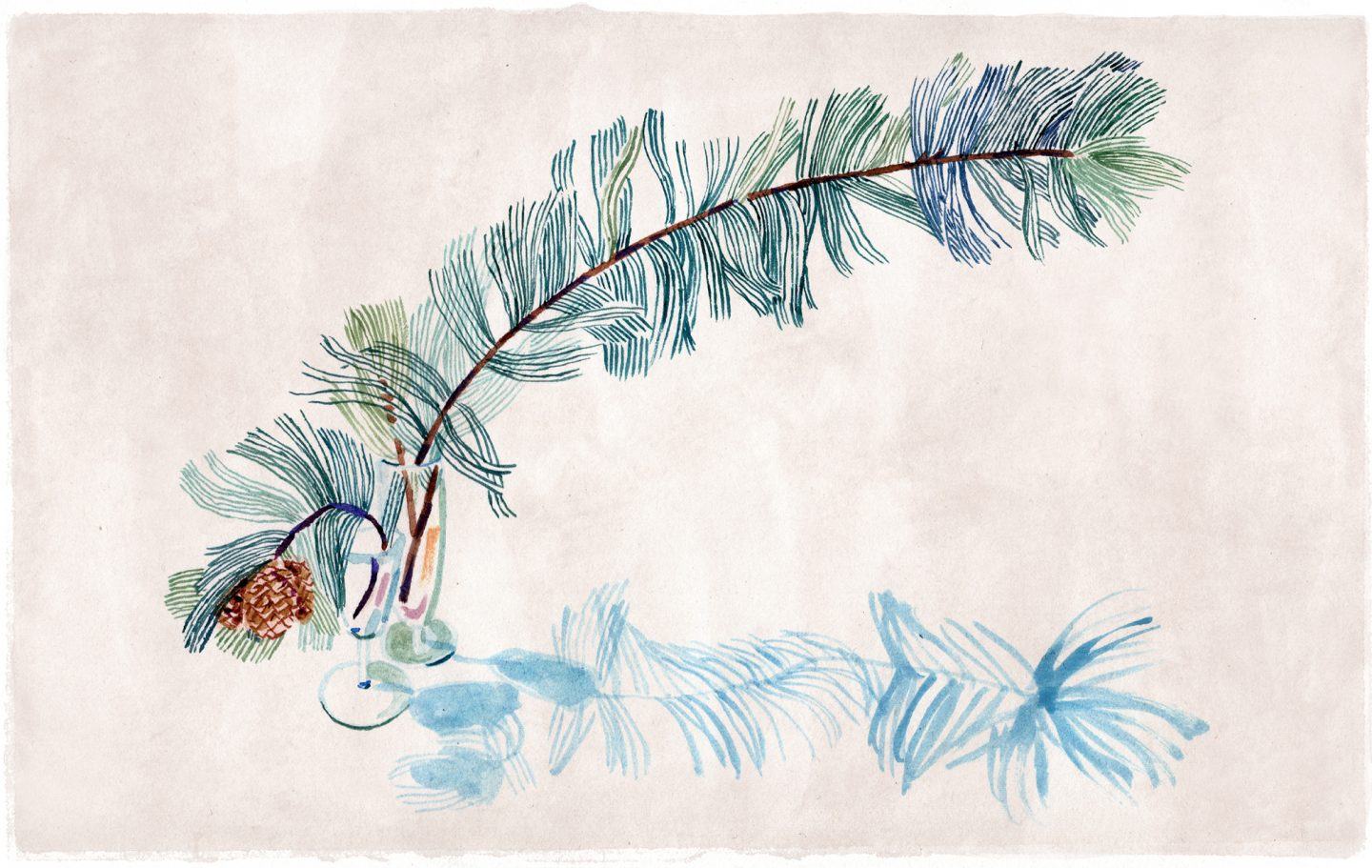
Swiss Stone Pine
Native to the region is also the Swiss stone pine, or Zirbe in German. Growing under extreme conditions at elevations above 2000 meter, “there is no tree in the Alps that is so adaptable and persistent,” explain the experts. Its usage includes stone pine oil, obtained from chopped stone pine material by steam distillation, mainly used in aromatherapy, in natural cosmetics, and in the food sector. “It has a positive effect on the mind, and can help when inhaled with colds and inflammation of the sinuses, thanks to its antibacterial and expectorant properties,” they explain. Typical of South Tyrol are also the stone pine schnapps, called ‘Zirmtschurtschen’, which are found in every household. “It’s a resinous, wonderfully sweet, fragrant digestif,” they say.
—
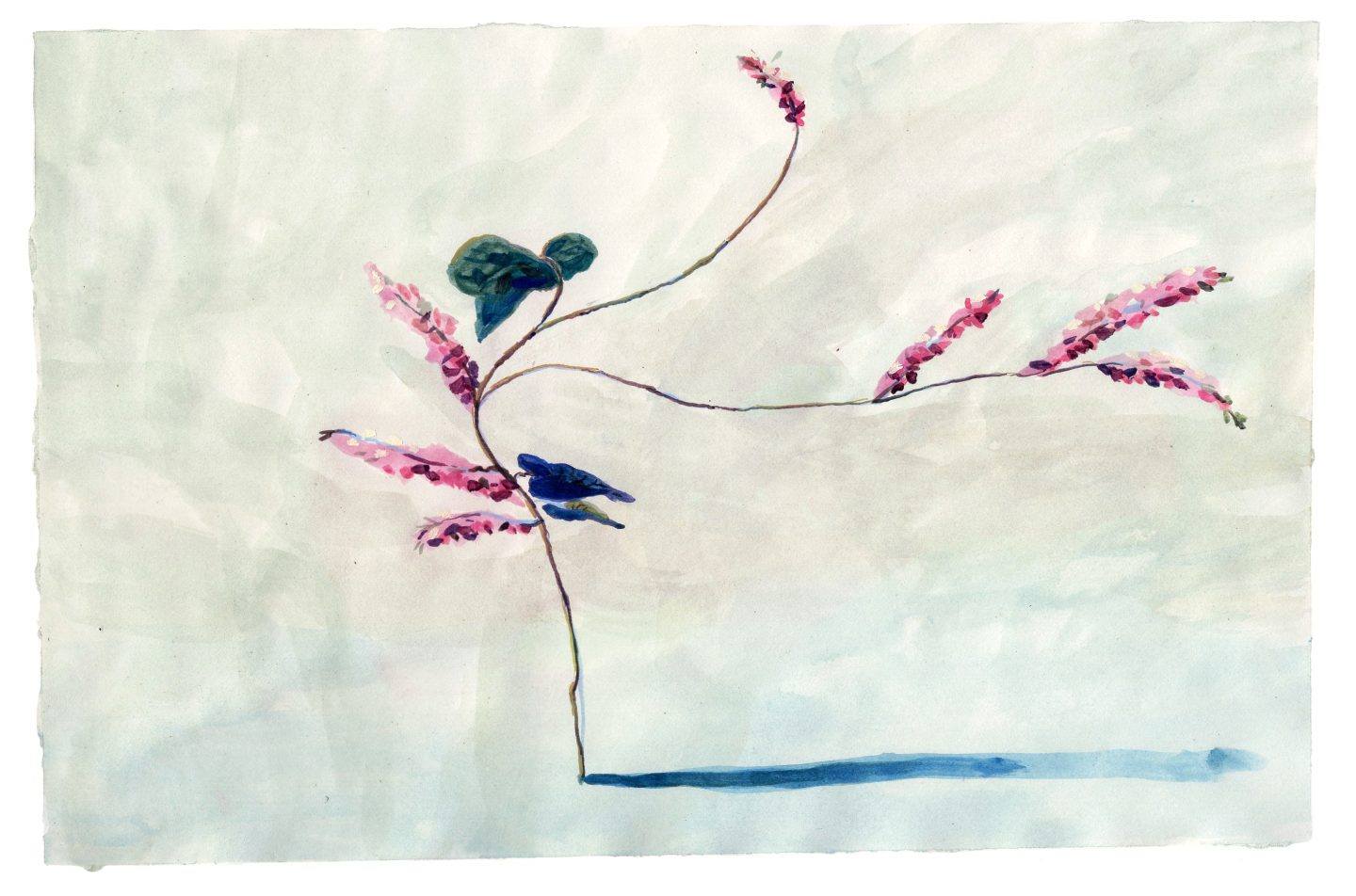
Buckwheat
Traditionally found in South Tyrolean gastronomy, buckwheat (locally known as ‘Schwarzplenten’) is a plant with a red stern, pink or white flowers and spike-shaped leaves, cultivated for its grain-like triangular seeds as a secondary crop after common wheat. Ground into flour, it is popular for Schwarzplenten dumplings, buckwheat tart or Scharrn; and is valued for its high mineral and antioxidant content with benefits for heart health. “The herb mainly contains rutin and fagopryin and, in tea mixtures, has mainly a vein-strengthening effect, improving blood sugar control,” they explain.
—
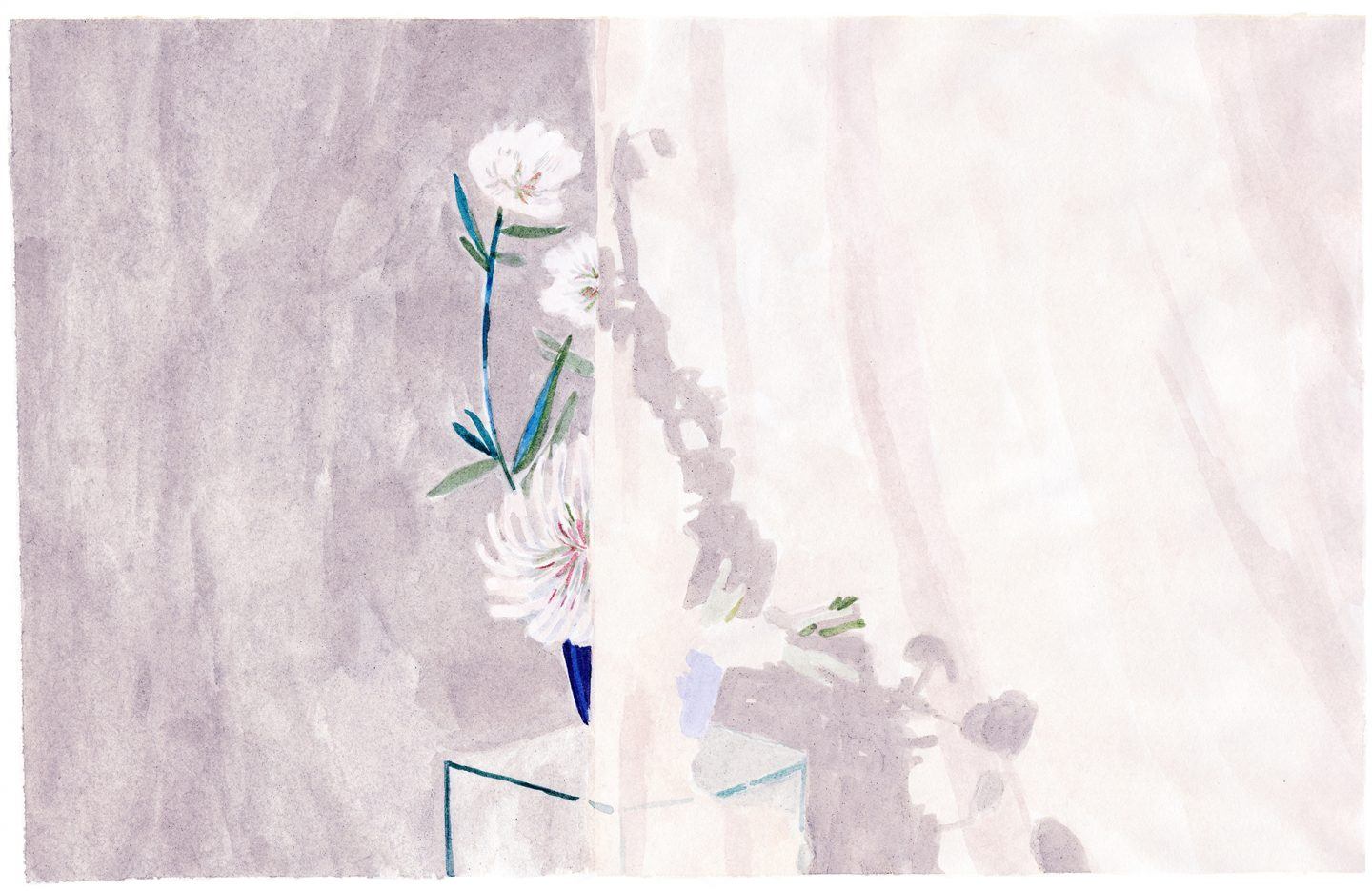
Blue Melilot
Finding usage in a number of dishes is also Blue Melilot, english for ‘Brotklee’; a typical aromatic spice used in South Tyrolean rye bread that is usually mixed with fennel and coriander. Belonging to the legume family, it grows in fresh rich soils and is harvested when it blooms. “The plant is not edible fresh; its intense aroma is released only after drying. The whole plant is chopped up or ground; the resulting slightly spicy powder is mixed with grain spices and used as a bread spice,” they explain.
—
If medicine has long ignored the knowledge of alpine plants and their effects, “today there is a clear change of mind,” the experts say. The use of herbal medicine forms a great part of primary health care in the region; it is found in biomedical practice, in alternative medicine, as well as in self-medication. The South Tyrolean tradition of herb cultivation contributes to society’s well-being. With the implementation in sustainability projects focused on organic farming, home gardens, eco-tourism, eco-gastronomy, and eco-museology; herb production and its commercial use have positive effects on economics, biodiversity, and conservation while preserving and revitalizing local identities.
“In today’s context, tradition, past, and new developments go hand in hand,” they share. In South Tyrol, for example, many cultural customs surrounding herbs are still kept alive to this day. “On August 15th, there is a special herbal consecration for the Assumption of Mary, named Hochunserfrauentag,” they continue. Of Celtic origin and later adopted by the Catholic Church—which believed that a beautiful herbal fragrance rose from Mary’s tomb—the tradition involves the collection and burning of herbal bouquets traditionally including masterwort and various herbs believed to cast out evil spirits. “Herbal bouquets are brought to the church for consecration and taken home to protect the house and family; burnt for protection in the event of storms and rough nights,” they explain.
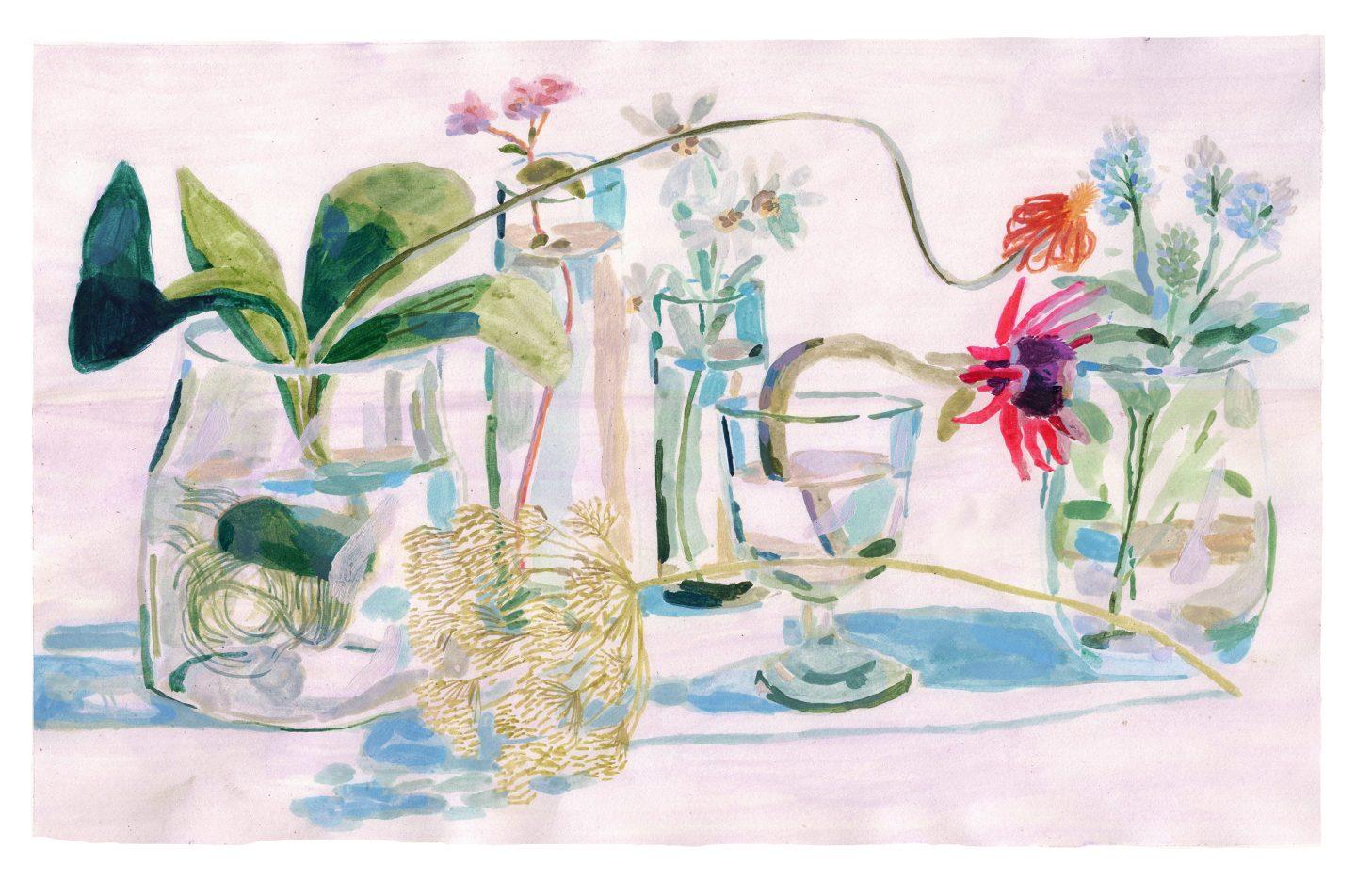
Besides customs and traditions, ancient knowledge is carefully channelled into modern applications suited to contemporary approaches. “Knowledge is preserved through over 30 herb growers exchanging their experience, through the Laimburg trial center for herb cultivation, the Bauernbund, IDM and BRING as well as agricultural schools, education programs, and doctors and pharmacists, sponsoring and developing innovative projects,” the experts tell us. Last but not least, there is an increasing sensitivity among the current young population, “who value the knowledge of their ancestors and bring it to the present day in order to pass it onto the next generations; reinterpreting it and expanding it further,” they add.
– This story was produced in collaboration with Visit South Tyrol –
All images © Karlotta Freier for IGNANT production
















